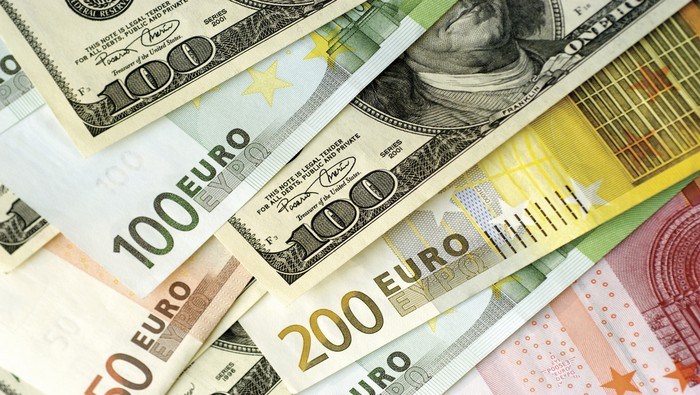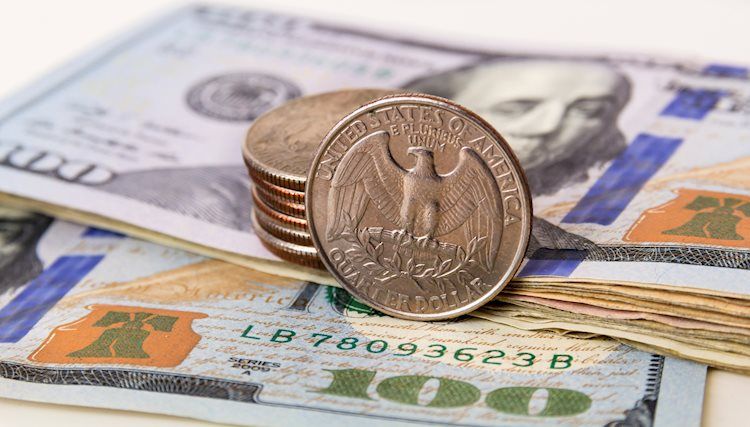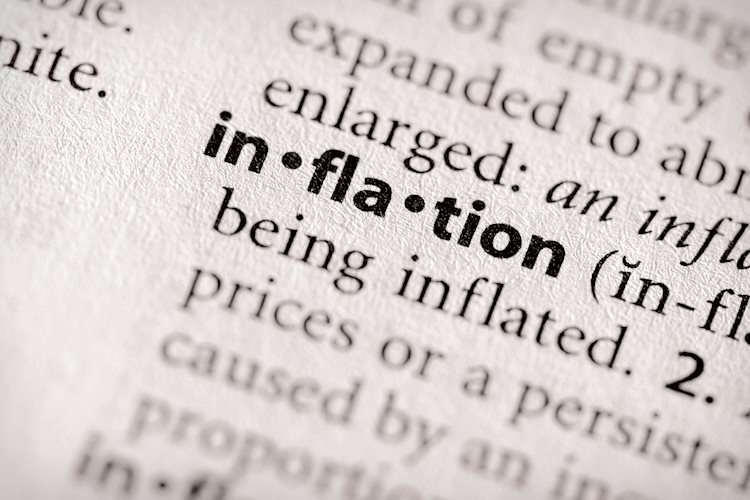A hotter-than-expected US economy could further impact investor bets on a September Fed rate cut. A higher-for-longer Fed rate path would affect borrowing costs and reduce disposable income. Downward trends in disposable income could impact consumer spending and dampen demand-driven inflation.
Private consumption contributes over 60% to the US economy. A less robust US economy could also dampen housing services sector inflationary pressures. Chicago Fed President Austan Goolsbee recently cited household services inflation as the stumbling block to bringing inflation to the 2% target.
Other economic indicators include jobless claims and pending home sales figures. However, barring an unexpected spike in US jobless claims, the market focus will likely be on the GDP report.
Short-term Forecast
Near-term trends for the USD/JPY remain hinged on inflation numbers from Japan and the US and the Bank of Japan. Softer-than-expected inflation numbers from Japan could leave the Bank of Japan in a holding pattern vis-à-vis monetary policy. A hotter-than-expected US Personal Income and Outlays Report could tilt monetary policy divergence toward the US dollar. Nevertheless, a Japanese government intervention would overshadow the stats.
USD/JPY Price Action
Daily Chart
The USD/JPY sat well above the 50-day and 200-day EMAs, confirming the bullish price trends.
A USD/JPY break above the April 24 high of 155.374 could support a move to the 156 handle.
Investors should consider the Bank of Japan commentary, intervention threats, and US GDP numbers.
Conversely, a USD/JPY drop below the 155 handle could bring the 151.685 support level and the 50-day EMA into view. Buying pressure could increase at the 151.685 support level. The 50-day EMA is confluent with the support level.
The 14-day RSI at 77.12 shows the USD/JPY in overbought territory. Selling pressure could intensify at the April 24 high of 155.374.





